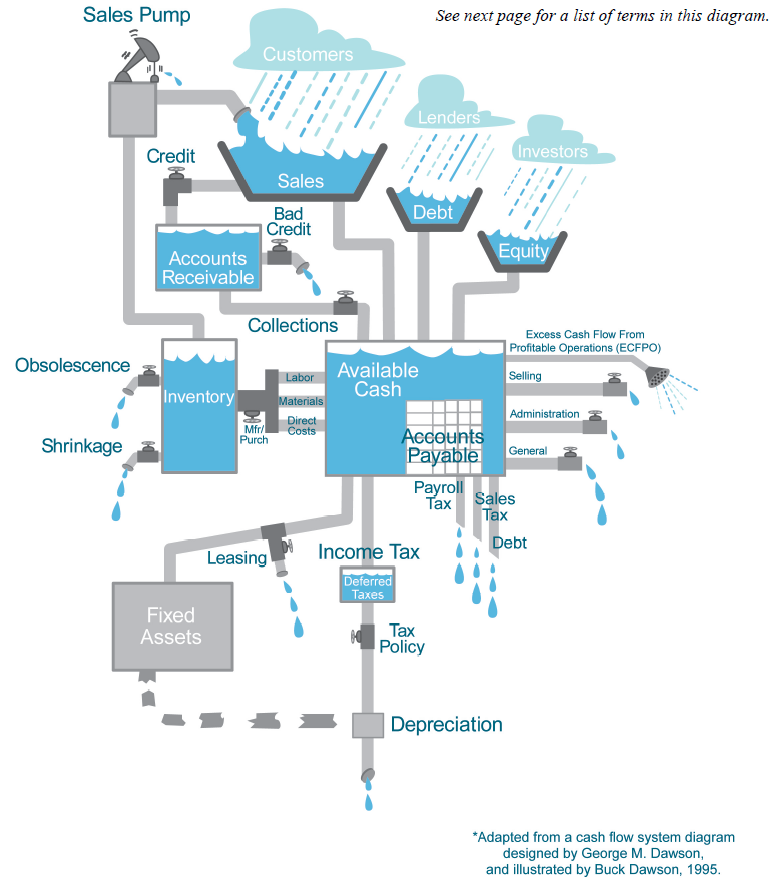Lesson 3: Pricing
It’s hard to put a price on success. It’s even harder to put a price on something you love to make and sell.
While it may be tempting to just give it away, we’ll show you the calculations and considerations you need to make informed decisions about pricing your products.
Pricing
Pricing Your Products (continued)
Calculating retail costs
Cottage Food operations usually can’t compete with big manufacturers that are able to achieve huge profit margins while keeping their product costs low. Thanks to the efficiencies of scale, they can purchase ingredients in bulk at prices you didn’t even know were possible.
That doesn’t mean you have to cut corners, reduce quality or run a bare-bones operation. It just means that you must keep an eye on the bottom line more than bigger companies. The ever-changing cost of ingredients and packaging are your most significant variables along with replacing equipment and transportation. Other overhead, such as utilities and your mortgage should stay relatively stable and therefore, predictable for the purposes of calculating your costs.
Pricing your products may take some practice and diligence. But once you get the hang of it, you’ll be able to adjust your prices as market conditions change easily. Find a strategy that allows you to keep the price consistent throughout your selling season so that your customers don’t experience sticker shock on their end and you don’t eat into your profits when the cost of ingredients changes over the course of a year.
Return to Main Office
Courses
Introduction
1. Cottage Food Basics
2. The Business Plan
3. Pricing
4. Marketing
5. Food Booths
6. Food Trucks
7. Pop-Ups
8. Brick & Mortar
9. Exit Strategy
Controlling costs
As noted, pricing is and should be flexible. Think of pricing like a big money boiler. You want to be able to adjust some of the valves on it to keep the boiler running as efficiently as possible. Adjusting them correctly will increase or decrease the flow depending on the choices you make.

Some valves are always open, such as those related to taxes and debt that can’t be delayed or put off. These are continually draining the tank bit by bit. Other valves can fill the tank. The most obvious one is increasing sales, but you can also reduce debt or take advantage of tax deductions for new equipment. As these costs can fluctuate from month to month or year to year, you want to adjust them continually to keep the tank as full as possible.
